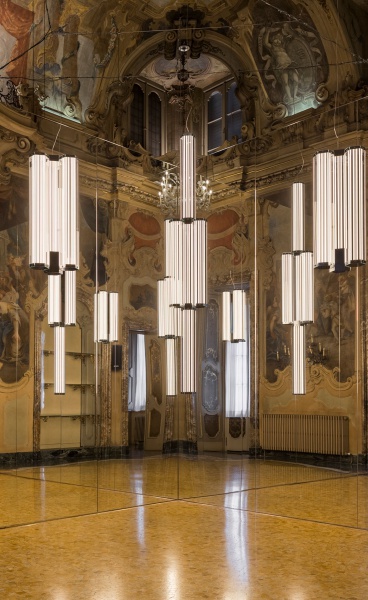Artist
Mike Kelley
About
Mike Kelley (b. Detroit, 1954, d. Los Angeles, 2012) is widely considered one of the most influential artists of our time.
Living Period
October 27, 1954 – January 31, 2012
Website
Mike Kelley (b. Detroit, 1954, d. Los Angeles, 2012) is widely considered one of the most influential artists of our time. Irreverent but deeply informed, topical yet visionary, Kelley worked in a startling array of genres and styles, including performance, installation, drawing, painting, video, photography, sound works, text, and sculpture. He also worked on curatorial projects; collaborated with many other artists and musicians; and left a formidable body of critical and creative writing. Starting out in the late 1970s with solo performances, image/text paintings, and gallery and site-specific installations, Kelley came to prominence in the 1980s with a series of sculptures composed of common craft materials. Featuring repurposed thrift store toys, blankets, and worn stuffed animals, the Half a Man series focused Kelley’s career-long investigation of memory, trauma, and repression, predicated on what the artist described as a “shared culture of abuse.”
source




